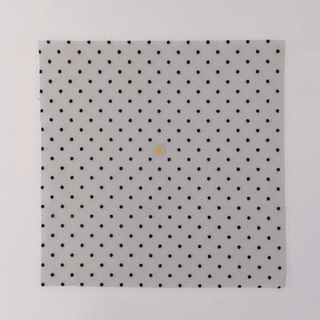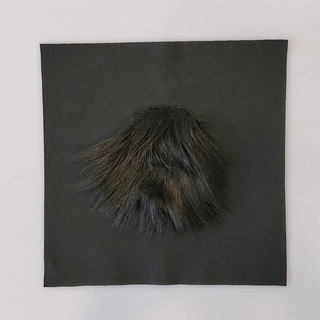Affordances of textile elements
Our research in this project was concerned with understanding this intricate relationship between the physical design of textile user interfaces, including visual and haptic design, and how this changes users’ perception of which surface gestures the interface supports. We achieved this by exploring the natural and manipulated characteristics of textiles, applying principles of graphic, product, and textile design, as well as the psychology of sensing and perception, examine various fabrication methods, and possible ways of adding electronic sensing capabilities to textiles. We designed and fabricated a huge variety of prototypes. In the accompanying swatch book, we present 28 samples that we find relevant to share, describe, and reflect upon.
We refer to the characteristics of objects or surfaces that communicate to the user what actions are possible with the textile, as affordances. To give an example, let’s say we’re integrating an interactive surface into a textile wallpaper to control the window blinds. We should then clearly communicate where the surface is, can a user slide, and in which direction, or does he or she need to perform a tap or fold, should they use one finger or their whole palm. And other information a user might need to be able to successfully interact, all while the interactive elements should always be nicely integrated and respect the innate characteristics of textile.
The main contribution of our project is the collection of findings and insights about creating textile user interfaces, that we gathered while designing, implementing, and reflecting upon all the samples. All these insights are collected in our publication Exploring affordances of Surface Gestures of Textile User Interfaces. We see a big potential in exploring the design space even further as future work and would like to extend the invitation to all users, designers, engineers, makers, artists, and other possible collaborators with the hope of creating more usable and pleasant textile user interfaces of the future.











